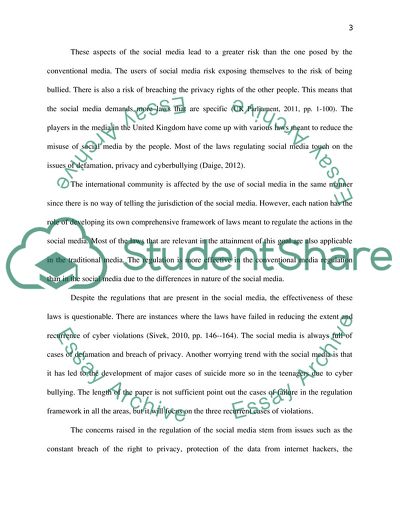Cite this document
(How Effective is the Attempt by the Law to Regulate Social Media Case Study, n.d.)
How Effective is the Attempt by the Law to Regulate Social Media Case Study. https://studentshare.org/law/1812354-how-effective-are-the-attempts-by-the-law-to-regulate-social-media
How Effective is the Attempt by the Law to Regulate Social Media Case Study. https://studentshare.org/law/1812354-how-effective-are-the-attempts-by-the-law-to-regulate-social-media
(How Effective Is the Attempt by the Law to Regulate Social Media Case Study)
How Effective Is the Attempt by the Law to Regulate Social Media Case Study. https://studentshare.org/law/1812354-how-effective-are-the-attempts-by-the-law-to-regulate-social-media.
How Effective Is the Attempt by the Law to Regulate Social Media Case Study. https://studentshare.org/law/1812354-how-effective-are-the-attempts-by-the-law-to-regulate-social-media.
“How Effective Is the Attempt by the Law to Regulate Social Media Case Study”. https://studentshare.org/law/1812354-how-effective-are-the-attempts-by-the-law-to-regulate-social-media.


